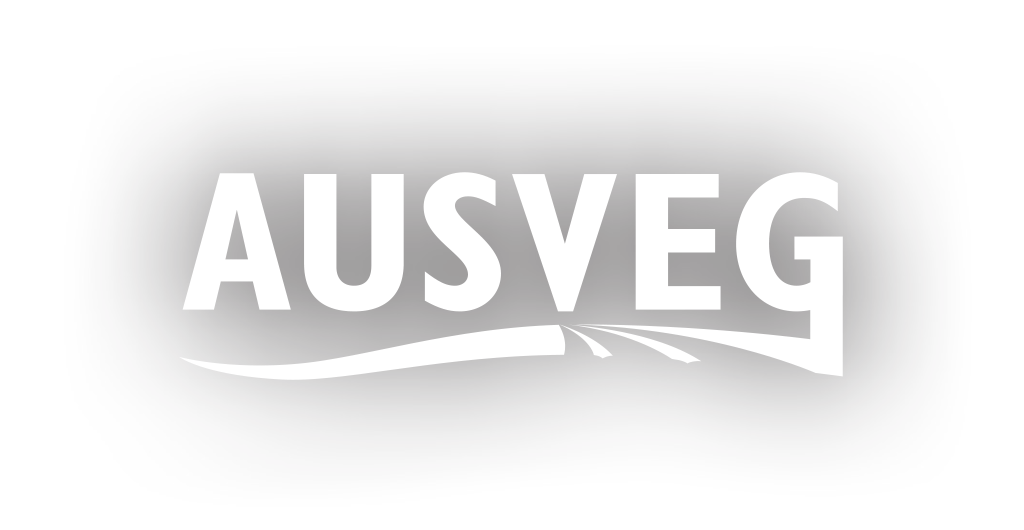New report from Foodprint Melbourne analyses threats to Melbourne’s foodbowl
Foodprint Melbourne, a project investigating the importance of Melbourne’s fringe as a foodbowl for the city’s food supply, has found that uncertainty is threatening the long-term future of peri-urban farming.
The Foodprint Melbourne research team is exploring ways of strengthening food production on the city fringe so that Melbourne’s peri-urban agriculture industry can continue to support the city’s food needs.
Huge amounts of vegetables are grown in and around Melbourne’s outskirts, including areas like Werribee in the west and Cranbourne in the east, and over half of Victoria’s vegetable production takes place in the region described as Melbourne’s foodbowl.
The project has just released its latest report, Food for thought: Challenges and opportunities for farming in Melbourne’s foodbowl, which looks at the challenges facing vegetable and other farms on the Melbourne fringe and identifies the opportunities to strengthen this vital foodbowl for the city.
Key findings from the research include:
- Local and state governments need to provide certainty about the long-term future of Melbourne’s green wedges and peri-urban areas.
- Ongoing uncertainty limits business investment by farmers and fuels investment in farmland, driving up land prices.
- There’s a strong argument for more state government investment in recycled water infrastructure for agriculture.
As well as looking at this report online, you can also read about the project and some Victorian growers’ responses to the findings on the ABC News website.
The research follows on from previous work done by the Foodprint Melbourne team, which is run by an inter-faculty team at the University of Melbourne and is supported by the Lord Mayor’s Charitable Foundation and a host of local government bodies.
The Foodprint Melbourne project has previously published a range of reports about the city’s food production:
- Melbourne’s foodprint: What does it take to feed a city?, an analysis of what it takes to feed Melbourne
- Melbourne’s foodbowl: Now and at seven million, a discussion of the impact of Melbourne’s projected population growth on its food production
- Melbourne’s food future: Planning a resilient city foodbowl, a presentation of a future vision for Melbourne’s food production
To learn more about the Foodprint Melbourne research project, take a look at its website.
This post appeared in the AUSVEG Weekly Update published 24 July 2018. Subscribe to the Update using our online form to receive the latest industry news in your inbox every week!

